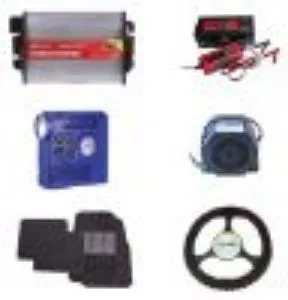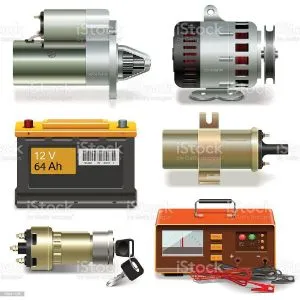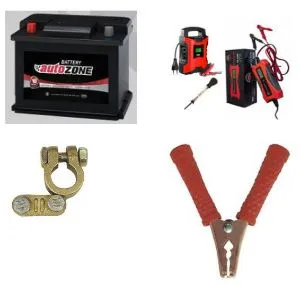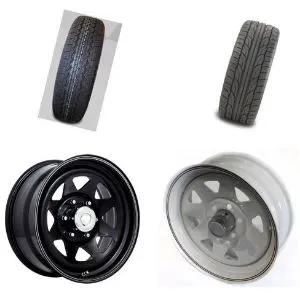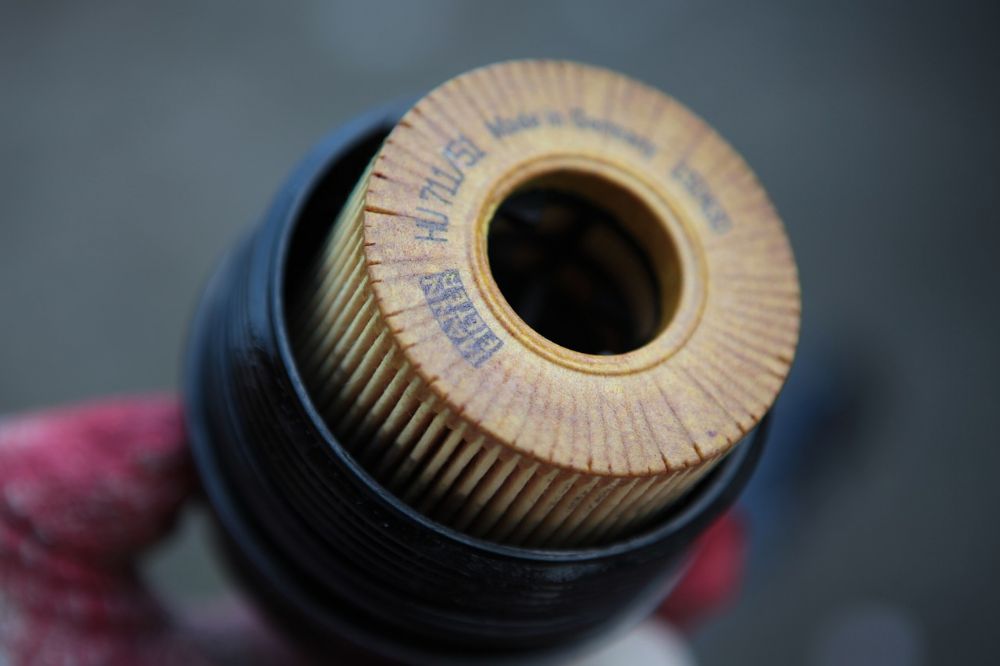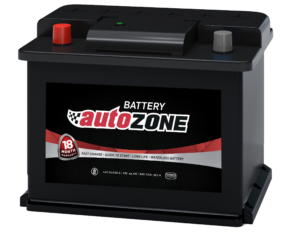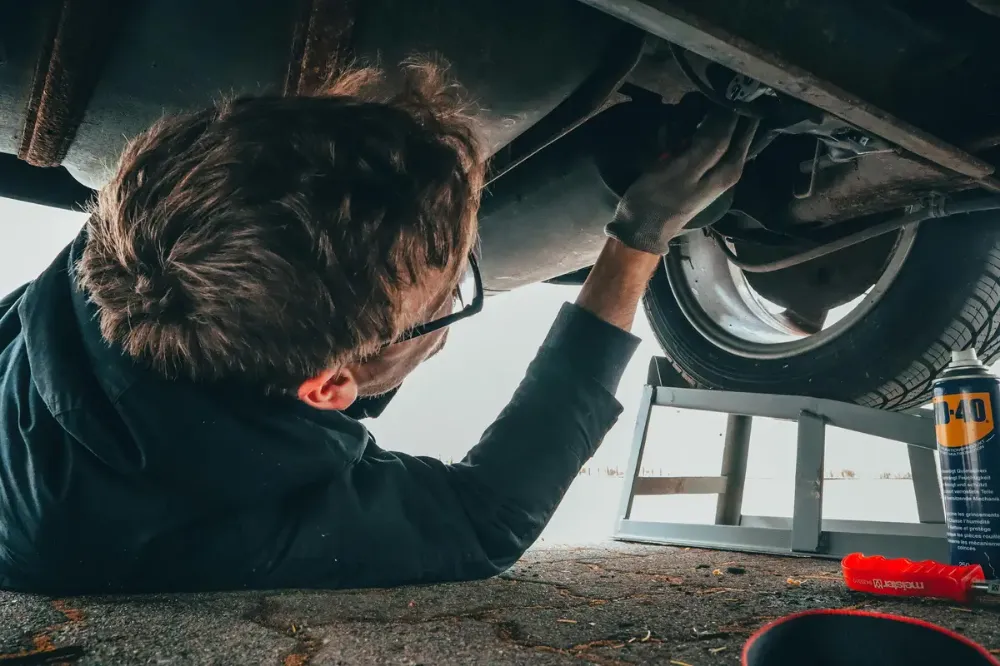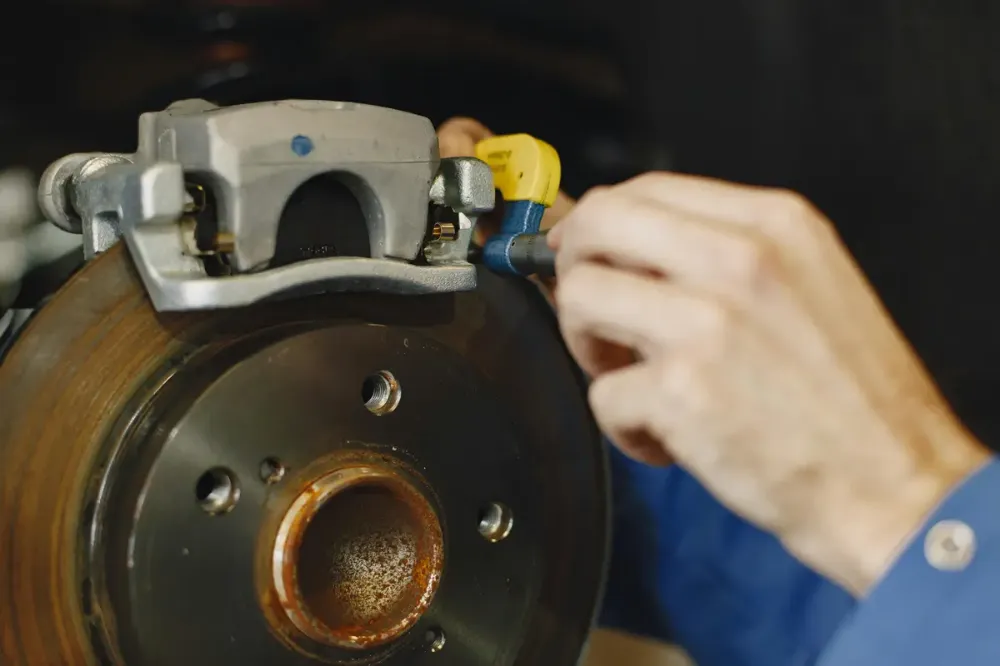Maintaining your Toyota vehicle with high-quality aftermarket parts is essential for ensuring its longevity and performance. Here are some common Toyota car parts and tips for their maintenance:
1. Oil Filters
Function: Oil filters remove contaminants from the engine oil to keep the engine running smoothly.
Maintenance: Replace the oil filter with every oil change, typically every 5,000 to 10,000 kilometers. Regular oil filter changes help maintain clean oil circulation, reducing engine wear and prolonging engine life.
2. Air Filters
Function: Air filters prevent dirt and debris from entering the engine’s combustion chamber, ensuring clean air for efficient combustion.
Maintenance: Check the air filter every 15,000 to 30,000 kilometers and replace it if it’s dirty or clogged. In dusty environments, more frequent inspections and replacements may be necessary to maintain optimal engine performance and fuel efficiency.
3. Brake Pads and Discs
Function: Brake pads and discs are essential for stopping the vehicle safely. Brake pads press against the brake discs to create friction, slowing the vehicle down.
Maintenance: Inspect brake pads and discs regularly for wear. Brake pads generally need replacing every 30,000 to 70,000 kilometers, depending on driving habits and conditions. Brake discs should be checked for thickness and replaced if they show signs of significant wear or warping.

4. Spark Plugs
Function: Spark plugs ignite the air-fuel mixture in the engine cylinders, essential for starting the engine and maintaining smooth operation.
Maintenance: Replace spark plugs every 30,000 to 100,000 kilometers, depending on the type of plugs and vehicle usage. Regular replacement ensures optimal engine performance, fuel efficiency, and easier starts.
5. Battery
Function: The battery provides the necessary power to start the engine and run electrical components.
Maintenance: Check the battery terminals for corrosion and ensure they are clean and tight. Test the battery regularly to ensure it holds a charge. Replace the battery every 3 to 5 years, or sooner if it shows signs of failing, such as slow engine cranking or dimming lights.
Tips for Maintenance
- Routine Inspections: Regularly inspect all key components during scheduled maintenance.
- Quality Parts: Use high-quality aftermarket parts that meet your vehicle’s specifications to ensure optimal performance.
- Professional Help: Consult with a professional mechanic for installation and inspection if you're unsure about the process.
Regular maintenance and timely replacement of these parts will keep your Toyota running efficiently and help avoid costly repairs. For a wide selection of reliable aftermarket Toyota parts, visit AutoZone's Toyota Parts Selection. Proper care and timely maintenance will ensure the longevity and performance of your vehicle.
.png)
